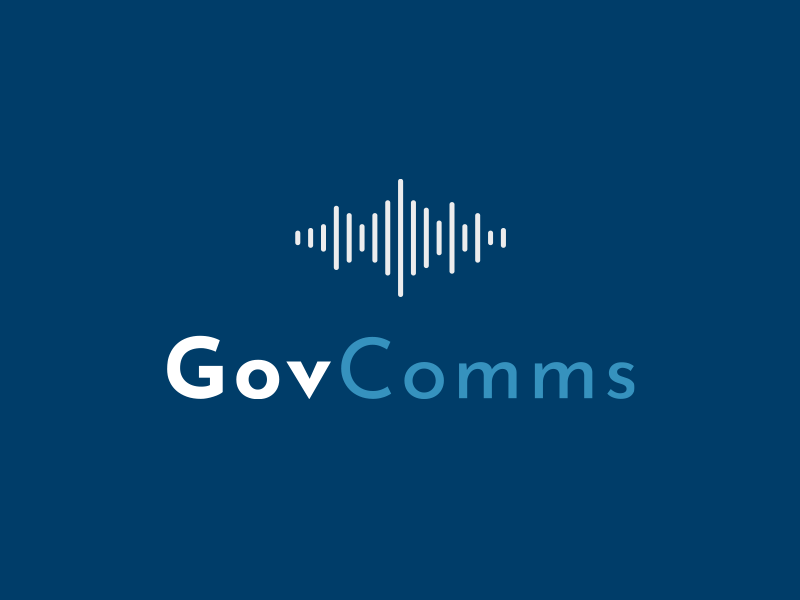Barbara Walsh is a Senior Lecturer and Program Director in the Faculty of Arts and Design at the University of Canberra. Her specialised teaching and research interests lie in areas of integrated learning, social responsibility and corporate and strategic communication.
Barbara’s 25-year career in public relations and corporate communications also includes working as an Account Director for PR Consultancies in Sydney and London, managing her own consultancy in Sydney and several senior-level roles in the Australian Public Service.
Discussed in this episode:
- Is effective social media engagement a litmus test for how well communicators can do their job? And how this reflects on the intent of an organisation to engage with citizens. Social media is a fast way to directly engage with citizens. But requires two-way trust and access to the right people for approval and support.
- The characteristics of good communicators are those who are agile, opportunistic, have strong personal characteristics, and can engage at senior levels.
- How entrenched views in senior levels of bureaucracy coupled with an increasing demand for transparency with citizens, means communicators need to argue their case for social media channels as part of the suite of channels.
- UC is helping create career ready graduates with practical integrated learning, providing students with relevant education while embedding them in practical industry environments.
- Academics need to stay on top of changes and stay ahead of students, and industry needs to stay relevant and continue moving towards specialisations. This changes the way academics teach and the way degrees are built as students move into evolving communications roles.
- And, the age-old challenge of embedding communications at the start of the process. Speaking the language of senior executives – risk appetite, governance, benefits – and the need to reshape how we talk about the role of communicators. For example, look at how behavioural scientists are taking on a communications role and establishing credibility. Can communicators create credibility using tools or methodology?
